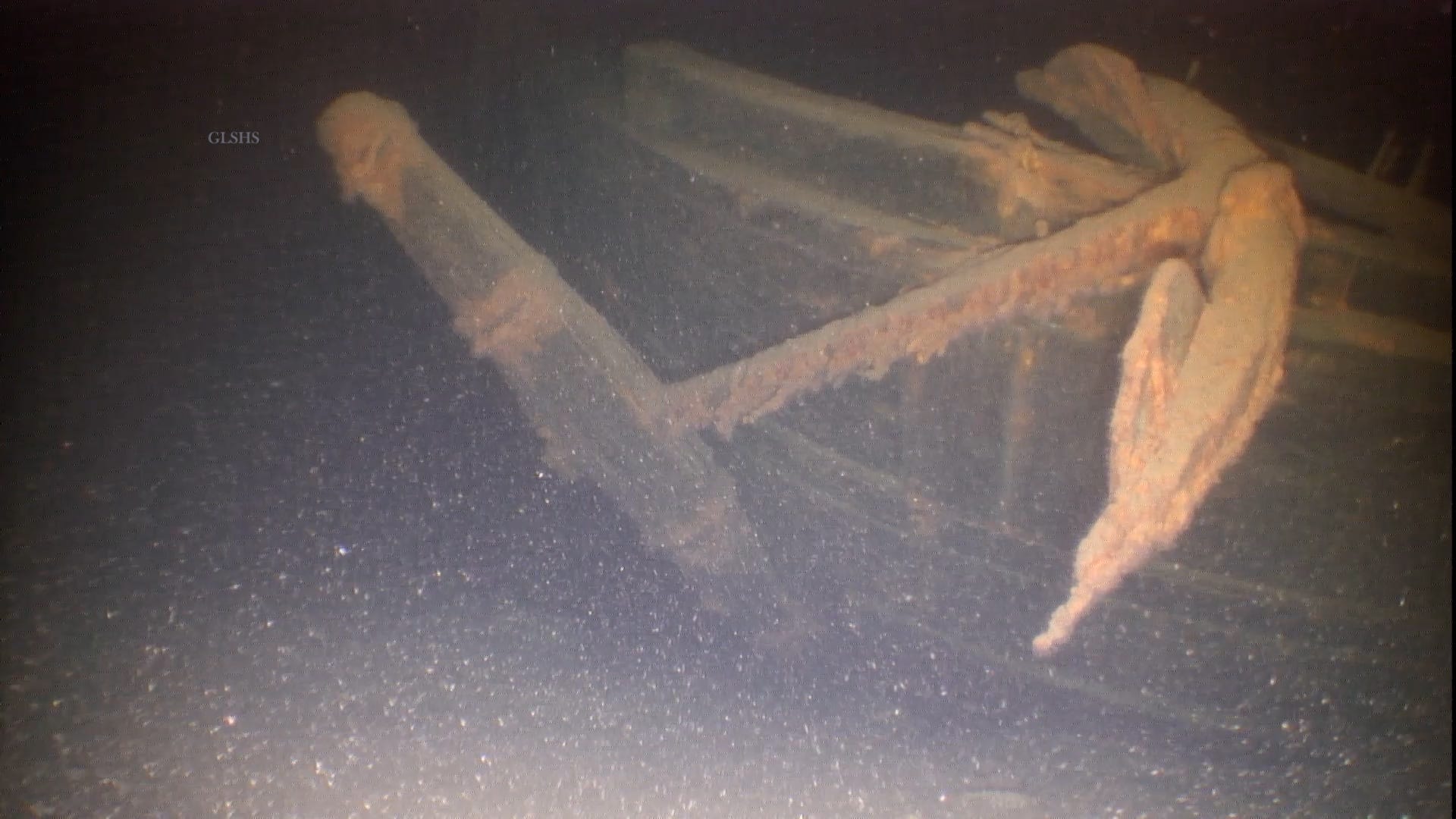The Great Lakes: A Region of Natural Beauty and Mysterious Lore
The Great Lakes, a collection of five freshwater lakes in North America, cover over 94,000 square miles and hold about one-fifth of the world’s fresh water. These vast bodies of water have long been a source of pride for those who live nearby. People visit them, travel along their shores, swim in their waters, and boat around them. Over time, the lakes have also become the backdrop for countless stories—some rooted in history, others steeped in mystery.
From ghost ships to haunted lighthouses and even lake monsters, the Great Lakes are surrounded by folklore that continues to captivate imaginations. Corey Adkins, communications director and content director for the Sault Ste Marie-based Great Lakes Shipwreck Historical Society, notes that some of these tales are deeply embedded in local culture. While he hasn’t personally experienced any supernatural occurrences, he acknowledges that chilling and eerie stories about the Great Lakes still circulate today.
Here are four intriguing pieces of lore that highlight the mysterious side of the Great Lakes.
The Western Reserve Ghost Sighting
One of the most famous shipwrecks in Lake Superior is the Western Reserve, a 300-foot steamer that sank on August 30, 1892. At the time, it was considered one of the safest ships afloat. The vessel belonged to Captain Peter Minch, a wealthy shipping magnate, who was aboard with his family and crew when a sudden gale struck. Despite efforts to reach safety, both lifeboats capsized, and only one survivor, Harry Stewart, lived to tell the tale.
More than a century later, the wreckage of the Western Reserve was finally discovered. But what makes this story particularly haunting is a documented ghost sighting from the night of the disaster. Surfman Trudell, stationed at the Deer Park Life-Saving Station, claimed to see a man dressed in a fine suit who appeared to have drowned. When the bodies of the passengers were later found, Trudell identified Minch as the spirit he had seen.
The Great Lakes ‘Graveyard’
Lake Superior is often referred to as the “graveyard of the Great Lakes” due to the sheer number of shipwrecks in its waters. According to Adkins, there have been over 500 known shipwrecks in Lake Superior alone. The area between Whitefish Point and Munising is particularly dangerous, with open water and few places to seek shelter. In the past, without modern navigation tools like radios or radar, many ships met their fate in this region.
The high number of wrecks has given rise to numerous stories about ghost ships still sailing the waters. These tales, passed down through generations, add an eerie dimension to the natural beauty of the Great Lakes.
The Flying Dutchman of the Inland Seas
Among the most famous ghost ships of the Great Lakes is the SS Bannockburn. This Canadian freighter disappeared in November 1902 while carrying grain from Fort William, Ontario, to Midland. The ship and its 20 crew members vanished without a trace. Over the years, the Bannockburn has become known as the “Flying Dutchman of Lake Superior,” a ghostly vessel doomed to sail the lake endlessly, never reaching its destination.
Numerous sightings of the Bannockburn have been reported, though no concrete evidence has ever confirmed its existence. Yet, the legend continues to thrive, adding another layer of mystery to the Great Lakes’ rich folklore.
South Bay Bessie
Lake Erie is home to its own legendary creature, often referred to as “South Bay Bessie.” Stories of a snake-like, 30- to 40-foot-long monster date back to 1793, when someone reportedly saw the creature near Sandusky, Ohio. The legend gained more attention in the late 1800s, with newspaper articles documenting various sightings. More recent accounts from the 1980s and early 1990s kept the myth alive, although no scientific proof has ever confirmed the existence of such a creature.
Despite the lack of evidence, the tale of South Bay Bessie remains a popular part of local folklore, illustrating how the Great Lakes continue to inspire wonder and imagination.







